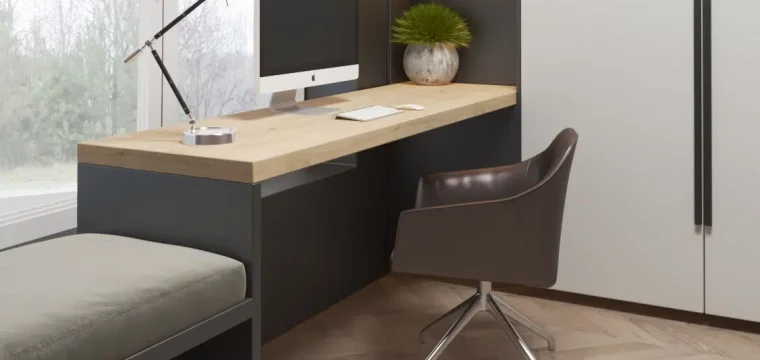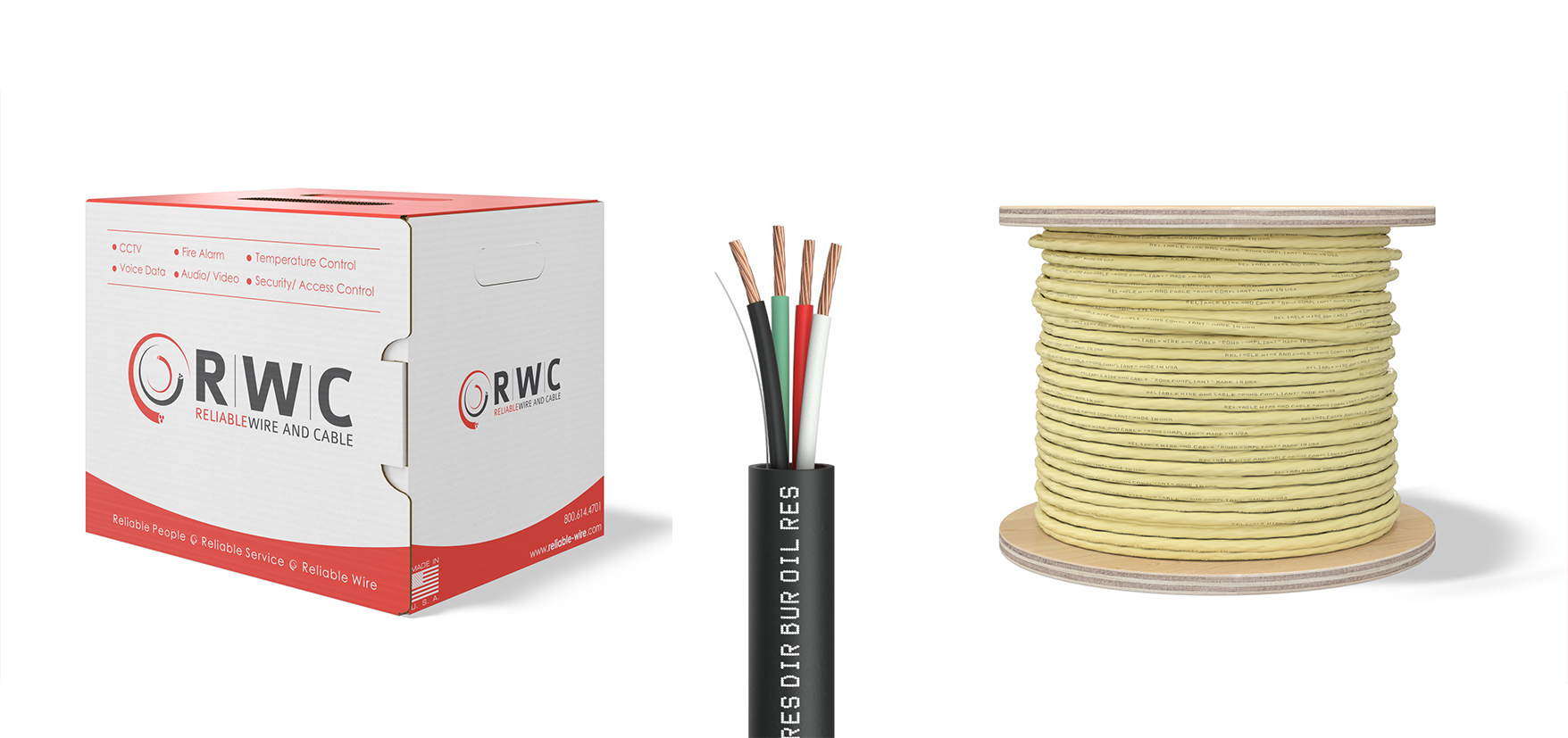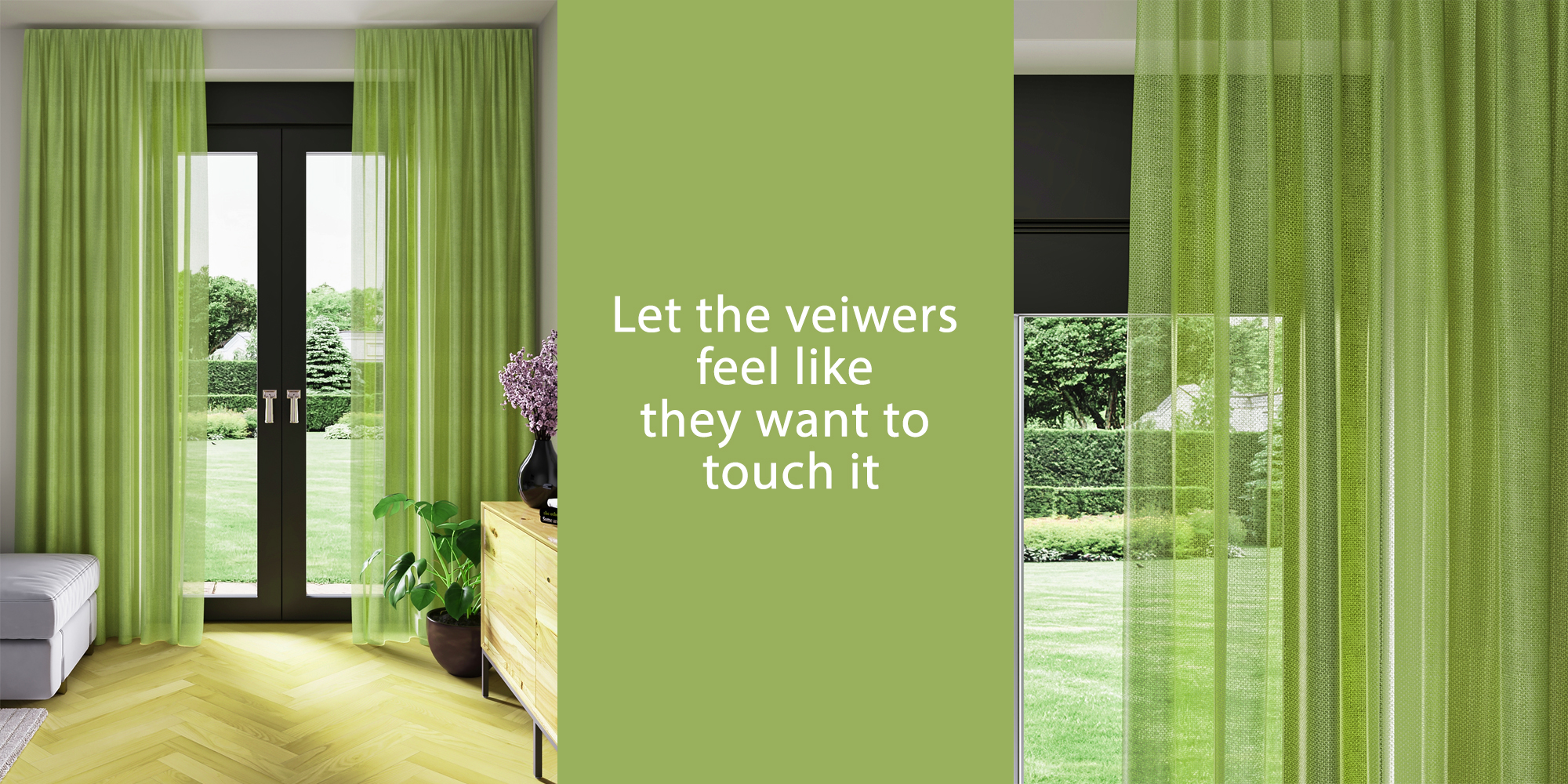If you’re familiar with 3D modeling, you probably have an idea of what 3D Furniture Modeling is. But if you have never worked with a 3D Modeling project for Furniture, there’s much to gain from this discussion, even if you’re already familiar with general 3D modeling. So, let’s explore further…
What is Furniture 3D Modeling?
Modeling furniture in 3D is the process of creating a digital three-dimensional representation of a furniture piece using specialized computer software such as Autodesk 3ds Max, Blender, ZBrush, SketchUp, etc. It allows designers, manufacturers, marketers, and consumers to visualize how a piece of furniture will look in a three-dimensional space.
Furniture modeling for interior design rendering differs from creating one for a product catalog. The approach varies depending on the goal, and it changes again if the objective is printing and prototyping or designing the furniture piece itself.
3D Furniture Modeling in various industries
Furniture Rendering and Interior Design Rendering
This 3D Furniture Modeling approach requires blueprints or photos. If the photos are not available, then a blueprint or CAD Drawing is required. This is how a 3D Furniture Model is created from photos or blueprints:
Afterwards, UV and Materials needed to be Assigned. The 3D Furniture Modeling phase for interior design rendering ends here by assigning UV and Materials. The furniture models go straight to the interior space for beautiful 3D Renderings like below:
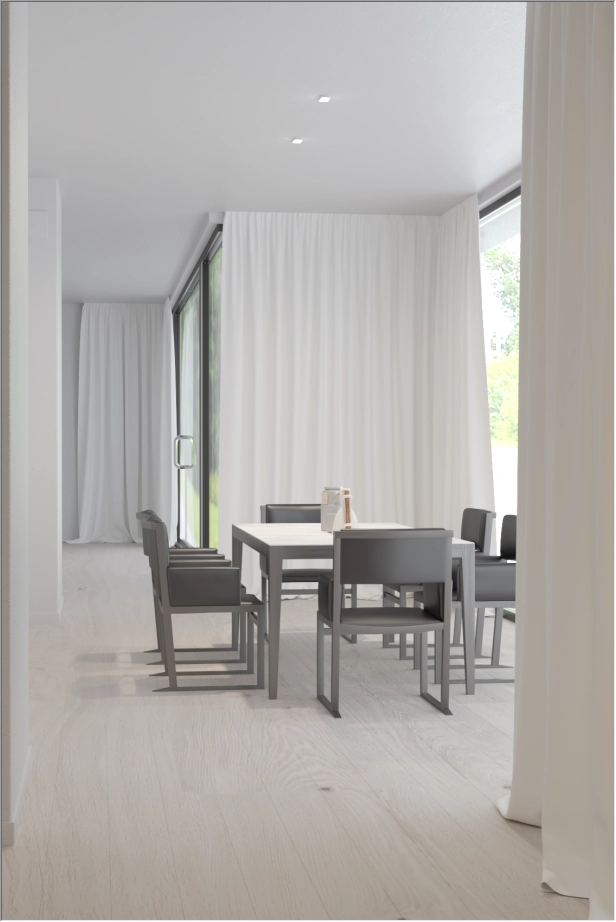
Interior 3D Rendering by 7CGI Team
Here is a detailed case study of how a 3D furniture modeling project is handled from start to finish.

Dining Table 3d model used in the interior 3d Rendering
Here is a detailed case study of how a 3D furniture modeling project is handled from start to finish.
Now, the approach of 3D Furniture modeling for “furniture industries” slightly differs from the beginning of the process. Apparently, Furniture modeling serves different purposes in the furniture industry. Even the software packages used are different, too.
The goal for 3D Furniture Modeling for furniture brands can be as follows
-
- Creating Real-time (AR Models) marketing materials,
-
- Furniture Design brainstorming,
-
- Creating 3D Mockups before physical prototyping.
3D Furniture Rendering for Brands
3D furniture models are used in creating CGI for brands and interior design renderings, follows a similar process.
Otherwise, in interior design renderings, the focus is on the space, not the furniture hence, one can avoid adding tiny details and avoid focusing on 100% accuracy. However, when 3D furniture modeling happens for Furniture Rendering, the focus is on the furniture, and this is the only subject. Thus, the 3D modeling process requires extra attention to detail and accuracy. This is why 3D artists usually ask for high-resolution reference images so that they can depict the details in the models.
The accurate reflection or refraction properties of material or texture surfaces are carefully handled. These 3D models aren’t just digital versions of their real-life counterparts. They’re also used to make high-quality marketing content.
Once the furniture’s 3D modeling is complete, including the application of materials, it’s sent for white backdrop rendering, lifestyle rendering, and animation.
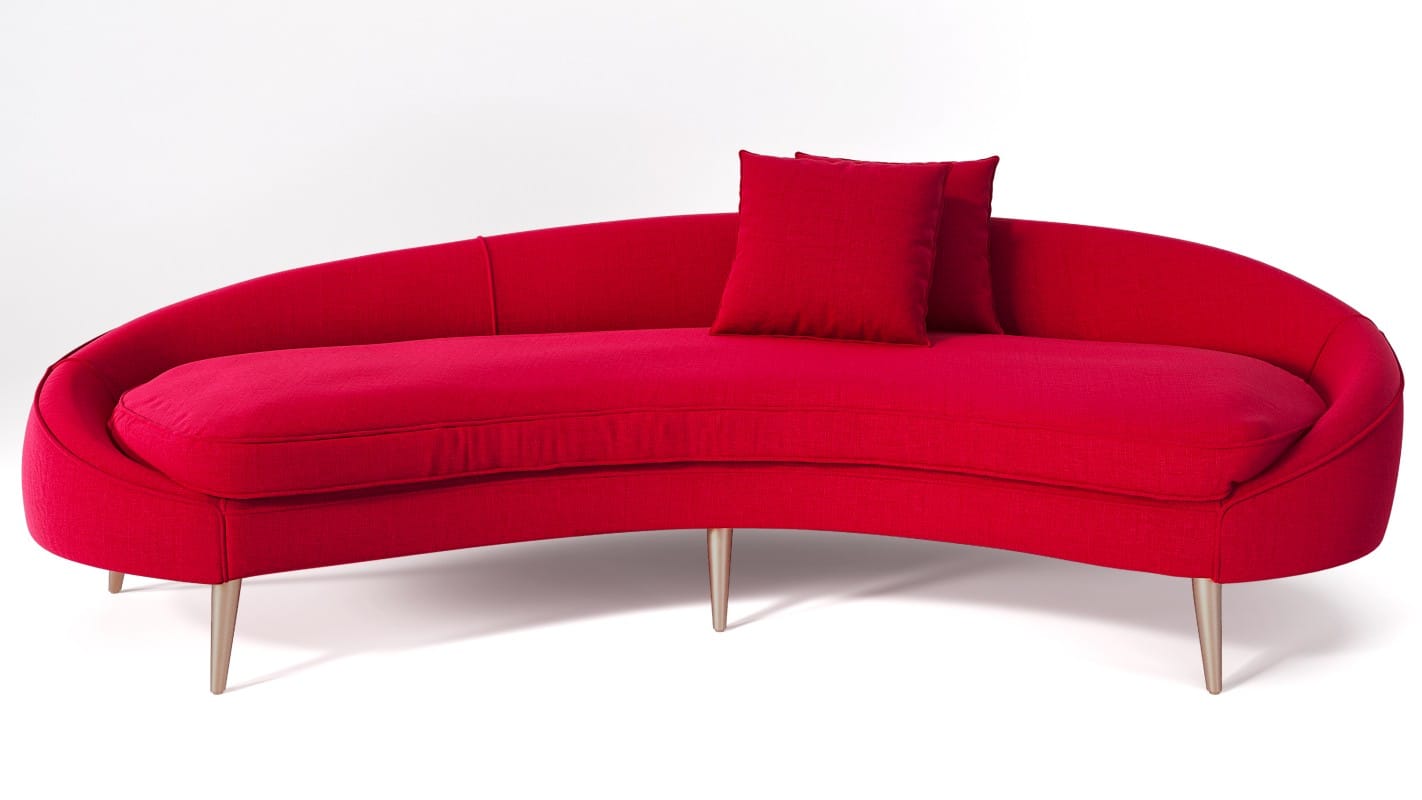
3D Furniture modeling for Graham and Green
3D Software packages used for these types of work include mainly- 3DS Max, Blender, C4D, Zbrush, Marvelous Designer, and Substance Painter.
Real-time (AR Models) marketing materials
The starting process involves making 3D furniture Models from blueprints or photos, just like before. However, these real-time 3D Furniture Models require a lower polygon count, specific UV handling, and file size limits. Often, these models are designed for a browser-based real-time engine. So, the 3D artists follow certain protocols for this type of 3D Furniture Modeling, like the 3D Configurator in the link.
3D Software packages used- 3DS Max, Blender, C4D, Zbrush, Marvelous designer, Substance Painter.
Furniture Design Brainstorming
In this case, there are no photos or blueprints. Since this is where the furniture design stems from. The Designers usually start with creating a 2D blueprint and then get into 3D furniture Modeling out of that blueprint.
3D software packages used- SketchUp, Solidworks, Rhinoceros, Inventor, Vectorworks, Fusion 360, etc.- are the main software packages.
3D Printing
For 3D Furniture Modeling for 3D printing, you need to take care of some different aspects of the 3D Models. Before printing the model, it is important to check for any errors or issues that could impact the print quality. This includes inspecting the mesh, confirming the scale and dimensions, applying modifiers, and fixing any holes or gaps. It is also crucial to ensure that the model is watertight with no openings or leaks. 3D Modeler is expected to have a completely different set of knowledge. 3D Printing is a whole different industry than 3D Visualization.
When you learn about 3D furniture modeling for 3D printing, remember that the work of the 3D modeler is quite different from 3D Furniture Modeling that is done for 3D Furniture Rendering.
The main 3D software packages used are Solidworks, Rhinoceros, Inventor, Vectorworks, Fusion 360, etc.
Benefits of Furniture 3D Modeling in the Furniture Industry
1. Printing
3D printing technology is increasingly being used in the furniture manufacturing industry for tasks like making molds, developing products, and producing parts. It helps solve complex production problems related to shapes, materials, hierarchies, and functions. This technology is closely linked to the traditional furniture manufacturing process.
2. Designing Furniture
3D furniture modeling is transforming the way furniture is designed and manufactured. It enhances visualization, improves accuracy and efficiency, facilitates better communication, and aids in marketing and sales. This technology allows designers to create virtual three-dimensional models of their designs, making it easier to visualize and make adjustments before production. It also reduces errors, saves time, and helps everyone involved understand the design better.
3. Creating marketing content and product catalog
3D furniture modeling is changing how furniture brands market and showcase their products. It enables them to generate lifelike images of their items without needing physical prototypes, which saves both time and money. These 3D models can be personalized to display various options and perspectives, giving customers a clearer idea of the product.
Marketing Elements include
-
- Browser-based real-time Furniture AR Apps
-
- Lifestyle renderings
-
- White background product catalogs
-
- Furniture animation videos
-
- Furniture configurator
As this technology advances, more brands are expected to adopt it for their marketing and catalog needs.
Benefits of 3D Furniture Modeling in the Interior Design Rendering
The interior design industry has seen a significant shift with the advent of furniture 3d modeling. It offers numerous benefits that are transforming the way designers work. Life-like 3D Furniture is created through 3D Furniture modeling. 3D Furniture models add value to the interior rendering
-
- The first thing furniture 3D models do is give the view a sense of scale.
-
- This aids in choosing furniture as well. That’s why interior designers often try out various furniture sets to see which one suits best.
-
- 3D Furniture pieces create a selling point for an interior room design. Interior renderings will look incomplete without the help of 3D Furniture Modeling.
-
- 3D Furniture Modeling enhances communication by providing a more effective way to convey design ideas. They allow clients to understand the designer’s vision clearly, leading to fewer misunderstandings and revisions.
3D Furniture Modeling at a Glance

This Table describes how Furniture Modeling differs based on use cases – “Furniture Brand” and “Real state”
Cost Factors of 3D Furniture Modeling Service
The cost for 3D furniture modeling service can vary greatly depending on several factors. Here are some key elements that can influence the price:
-
- Complexity of the Model: The more complex the furniture piece, the more time and effort it takes to create a 3D model. Therefore, complex models tend to be more expensive.
-
- Level of Detail: High-detail models require more work and precision, which can increase the cost.
-
- Number of Models: If you need multiple models, you might get a discount for bulk orders. However, the total cost will still be higher than for a single model.
-
- Revisions:If you need changes made to the model after it’s completed, this could add to the cost. Some companies may include a certain number of revisions in their initial quote, while others may charge extra.
-
- Experience of the 3D Artist: Experienced 3D artists often charge more for their services, but they also tend to produce higher-quality work.
-
- Turnaround Time: If you need the model quickly, you might have to pay a rush fee.
3D furniture modeling for interior design is less costly than for furniture brands. The reason is simple: creating a 3D model that’s the focus or the only item in the image requires more effort.
Remember, it’s important to communicate your needs clearly to the 3D artist or company. This way, they can give you an accurate quote for the work. Also, don’t forget to ask about any potential extra costs, like revisions or rush fees, so there are no surprises later on.
Career in 3D Furniture Modeling
A career in furniture modeling can be exciting and rewarding. It combines creativity with technology and offers a range of opportunities across various industries. However, you should not aim for 3D Furniture modeling only unless you want to design furniture.
If you are an interior designer and want to enroll in professional furniture modeling courses, this might not be the right idea, as you can find tons of furniture models in 3D on online marketplaces. If you don’t, you can outsource that for a much cheaper price. Therefore, it might not be worth it if it’s just for the sake of interior design 3D rendering.
Furniture companies pay well for high-quality visuals. While learning 3D modeling, focus on modeling organic shapes, wrinkles, folds, stitching, and other details.
Here’s what you need to know if you’re considering this path regardless of the industry you would want to aim:
Skills Required
To succeed in furniture modeling, one must have:
-
- A good eye for design and detail.
-
- Proficiency in 3D modeling software.
-
- Understanding of materials, textures, and lighting.
-
- Ability to interpret blueprints and photographs into 3D models.
Education and Training
Learning 3D modeling may seem difficult at the beginning, but it is entertaining when it reaches a certain level. While formal education is not always required, many professionals in the field have degrees in:
-
- Industrial design ( especially if you want to design furniture products)
-
- 3D Modeling and Animation
Various online courses and tutorials can also help build the necessary skills. learning
Job Opportunities and Application
3D furniture modelers can find work in:
-
- Furniture manufacturing companies
-
- Interior design firms
-
- Architectural visualization studios
-
- Gaming and animation companies
-
- Selling 3D furniture models on online marketplaces.
Building a Portfolio
In the world of 3D Visualization, you need samples. While you want to apply for jobs, a strong portfolio showcasing your best 3D models is crucial. It should demonstrate:
-
- Range of styles and complexity
-
- Attention to detail
-
- Understanding of real-world materials and lighting
Staying Current
You will feel like you are in the Amazon jungle if you stop learning for a year. New tools are coming every day that can make your furniture modeling faster and better. The industry is always evolving. To stay relevant, one must:
-
- Keep up with the latest software updates and techniques.
-
- Follow industry trends.
-
- Continuously improve their skills.
-
- Watch tips and tricks on YouTube.
AI is not yet mature enough to create accurate 3D furniture models. Of course, designers can brainstorm with the help of AI, but they still need 3D Modeling to a certain point.
Networking
Building connections can lead to job opportunities and collaborations. Attend industry events, join online forums, and engage with other 3D artists.
Potential Earnings
Earnings vary based on experience, location, and the type of employer. Freelancers may charge per project or hourly. Furniture 3d modeling pays similarly to other standard 3D rendering jobs. For a detailed understanding of potential earnings, please follow our blog on the cost of 3d rendering.
Job Satisfaction
Many 3D furniture modelers find joy in bringing ideas to life and seeing their work used in various applications. If you’re passionate about design and technology, a career in furniture modeling could be a perfect fit. With dedication and skill, it can be a fulfilling way to make a living.
Top Furniture 3D Modeling Companies
While there are many companies that provide furniture modeling services. 7CGI, CGI Furniture, Rapid Renders, Omega D, and ufo3d are among the popular names.
You probably learned everything you need to know about 3D furniture modeling. If you still have questions or you found out that I missed something in the article, please drop an email at [email protected].

